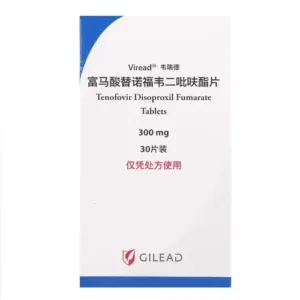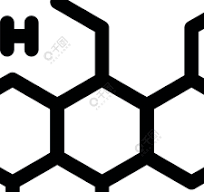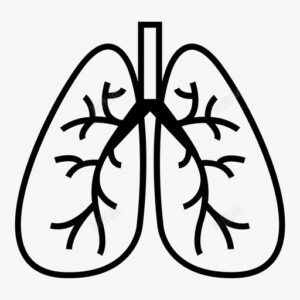Tenofovir Disoproxil Fumarate Tablets
Function:
Used in combination with other antiretroviral drugs to treat human immunodeficiency virus type 1 (HIV-1) infection. Can be used to treat chronic hepatitis B.
Dosage:
For anti-HIV-1 infection: The recommended dose for adults is 300 mg (one tablet) once daily, administered orally. It is generally not affected by diet and can be taken with or without food, but it needs to be taken at the same time of the day. For the treatment of chronic hepatitis B: For adults and children aged ≥12 years, the recommended dose is 300 mg (one tablet), taken orally once a day, regardless of diet. For the treatment of chronic hepatitis B, the optimal course of treatment has not yet been determined. Please follow your doctor’s advice for details. Safety and efficacy have not been studied in pediatric patients with chronic hepatitis B weighing less than 35 kg. Medication for children must be carried out under the guidance of a doctor and adult supervision. Dosage adjustment for adults with renal impairment: For patients with mild renal impairment (creatinine clearance 50-80 ml/min), there is generally no need to adjust the dose. Drug exposure is significantly increased in patients with moderate to severe renal impairment. For patients with baseline creatinine clearance <50 ml/minute, the tenofovir disoproxil fumarate dosing interval should be adjusted according to the table below. Table 1 Dosing interval adjustment table for patients with moderate to severe renal impairment* Creatinine clearance is calculated using ideal (lean) body weight. ** For hemodialysis patients, the drug is usually administered once a week (assuming hemodialysis 3 times a week, each time lasting approximately 4 hours), and should be administered after completion of dialysis. Note: The pharmacokinetics of tenofovir have not been evaluated in non-hemodialysis patients with creatinine clearance <10 ml/min, so no dosing recommendations are available for these patients.
Adverse reactions:
Immune system diseases: allergic reactions, including neuroedema, immune reconstitution syndrome. Metabolic and nutritional disorders: hypophosphatemia, hypokalemia, lactic acidosis/severe hepatomegaly with steatosis. Respiratory, thoracic and mediastinal disorders: dyspnea. Gastrointestinal disorders: abdominal pain, elevated amylase, and pancreatitis. Hepatobiliary diseases: severe acute hepatitis B exacerbation, fatty liver, elevated liver enzymes (the most common ones include aspartate aminotransferase, alanine aminotransferase, and γ-glutamyl transpeptidase), and hepatitis. Skin and subcutaneous tissue disorders: rash. Musculoskeletal and connective tissue disorders: decreased bone density, rhabdomyolysis, osteomalacia (manifested by bone pain and possible fractures), muscle weakness, myopathy. Renal and urinary disorders: New onset or worsening renal impairment, renal insufficiency, renal failure, acute renal failure, Fanconi syndrome, proximal tubulopathy, proteinuria, elevated creatinine, acute tubular necrosis, nephrogenic diabetes insipidus syndrome, polyuria and interstitial nephritis (including acute cases). Systemic disorders and application site conditions: Asthenia. The following adverse reactions may be caused by proximal tubular pathology: rhabdomyolysis, osteomalacia, hypokalemia, myasthenia, myopathy, hypophosphatemia. In addition, acute exacerbations of severe hepatitis have been reported in HBV-infected patients who discontinue anti-hepatitis B therapy, including this product. In this group of patients, liver function should be closely monitored over at least several months of clinical and laboratory follow-up. Anti-hepatitis B treatment can be restarted if necessary. Please follow your doctor's advice for details.
Drug contraindications:
Disabled if allergic to this product
Share:
Products
Our offers
Health Classification
Let us work together to protect precious health































